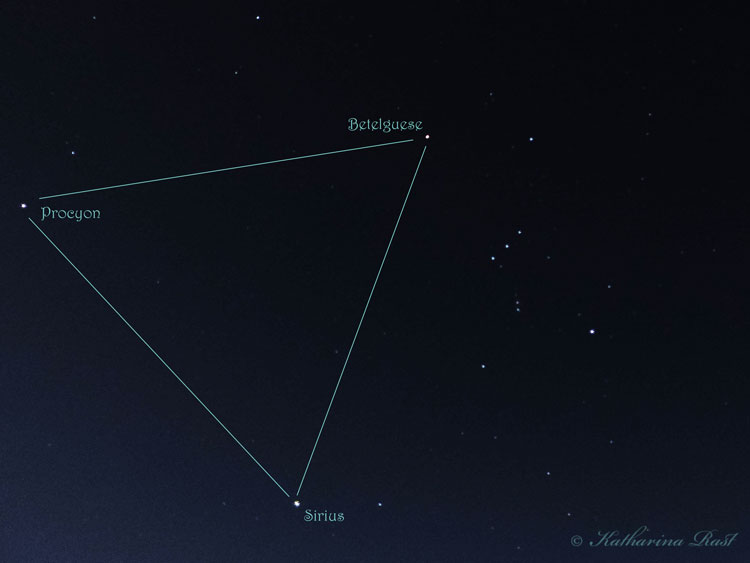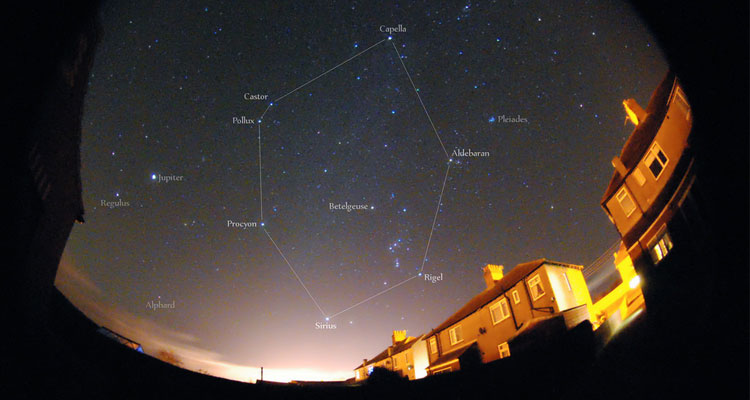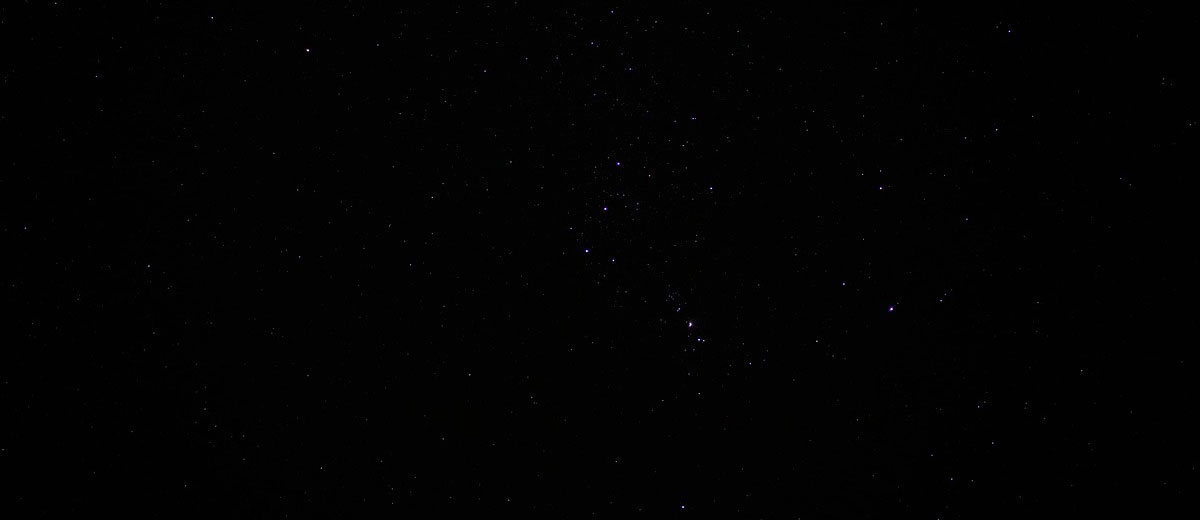The weather may be fooling us into thinking it’s spring, but the collection of stars known as the Winter Triangle denies it.
It can still be seen sailing across the southern sky, during these mild evenings in March. It rises in the east and sets in the west a little sooner each night. Using some bright stars and one of the most famous constellations, you can track its progress for yourself, before it leaves us for the season.
To find the Winter Triangle, the first star you’ll want to find is Sirius. It’s the brightest star in the night sky, twinkling furiously in the southern sky during the early evening hours. It’s star No. 1 in the Winter Triangle. Now, you should be able to see the famous constellation Orion, looming in the sky just northwest of Sirius. Scanning the sky above Orion’s “belt”, do you see a bright orange-red star? That’s Betelgeuse, and it marks Orion’s right shoulder. In our quest for the Winter Triangle, it counts as Star No. 2. To find No. 3, start searching the sky to the east of Betelgeuse. The first bright star you find will be Procyon, and it completes the Triangle.
Here’s a photo to explain what I mean.

The Winter Triangle is really just part of a larger asterism known as the Winter Circle, which really looks more like a hexagon. Once you find the Triangle, see if you can locate the Circle, as shown in the photo below.

